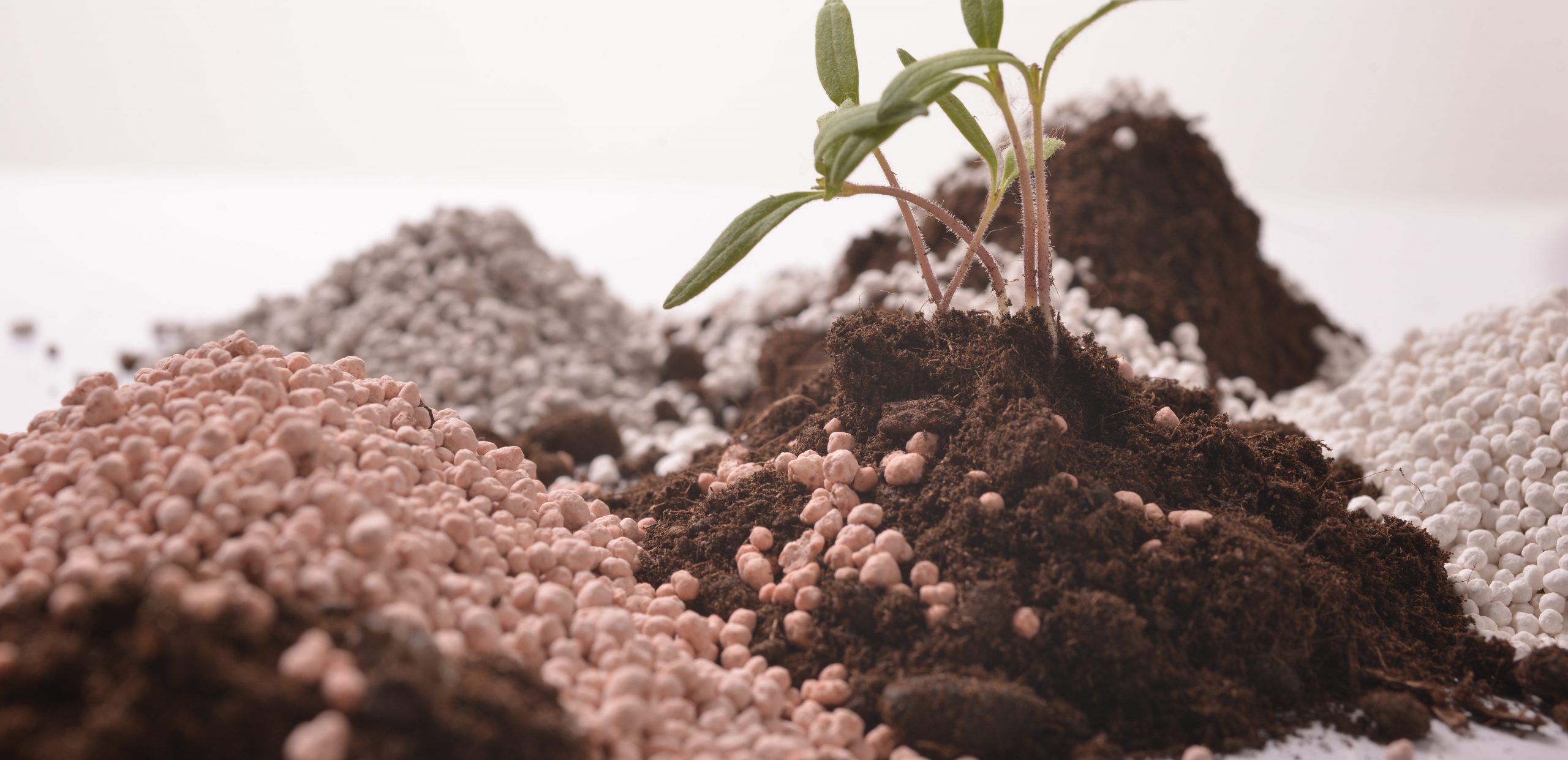Production of potash
The circulating solution is mixed with carnalite in the mixing tank that receives carnalite through the hopper and double screw auger and is transferred to vibrating sieve via mesh pumps. Due to the mixing of the circulating solution, the calcium chloride with the carnalite is transferred to the circulating solute phase and separated from the carnalite (dissolved in the circulating calcium chloride). Carnalite particles with dimensions greater than one millimeter do not pass through the sieve and The overflow is transferred to the rod mill by overflow. The particles passing through the screen are stored in solution with the circulation solution in the ticker prior to the flotation stage. The carnalite crystals that have made their way to the mill are crushed and re-poured into the mixing tank. At the end of this phase, a suspension of less than one millimeter carnalite is obtained in the tuner prior to the next stage, ready for transfer to the flotation apparatus.
The purpose of this step is to separate sodium chloride salt crystals from carnalite crystals. This salt is absorbed by air bubbles by the reaction with aromoflot and because the total density of air and salt is lower than the circulating solution, it is floated in the flotation cells in the flotation cells and is eventually separated from the cell suspension by rows of cells. The same armoflot is already obtained in the preparation of the armoflot solution by mixing the circulating solution, concentrated hydrochloric acid and the armoflot.. This solution is poured into the mixing tank before the flotation cells by diaphragm pumps.
The carnalite suspension in the ticker is ready to be transferred to the decomposition reactor for the decomposition of carnalite crystals and the preparation of potash. The basis of this work is the use of dissolved magnesium chloride and potassium chloride in the crystalline structure of carnalite. This means that because the solubility of magnesium chloride is higher than that of potassium chloride, it is dissolved by adding a calculated amount of water to a certain amount of carnitine, but the potassium chloride remains solid. In this way, magnesium and potassium chlorides are separated.
To achieve higher purity and potassium K60 production and in other words to reduce magnesium chloride salt along with potassium production, an additional purification step called cold leaching is used. Potash is kept. Centrifuge cake after decomposition enters the reactor or tank directly. Due to the saturation of the potassium solution, all solids are more soluble than potassium chloride in the centrifuge cake and thus the purity of the potassium increases in the solid phase. From its solution, the suspension is pumped to a third series of centrifuges, and the cake is driven to the dryer by a chain conveyor.


